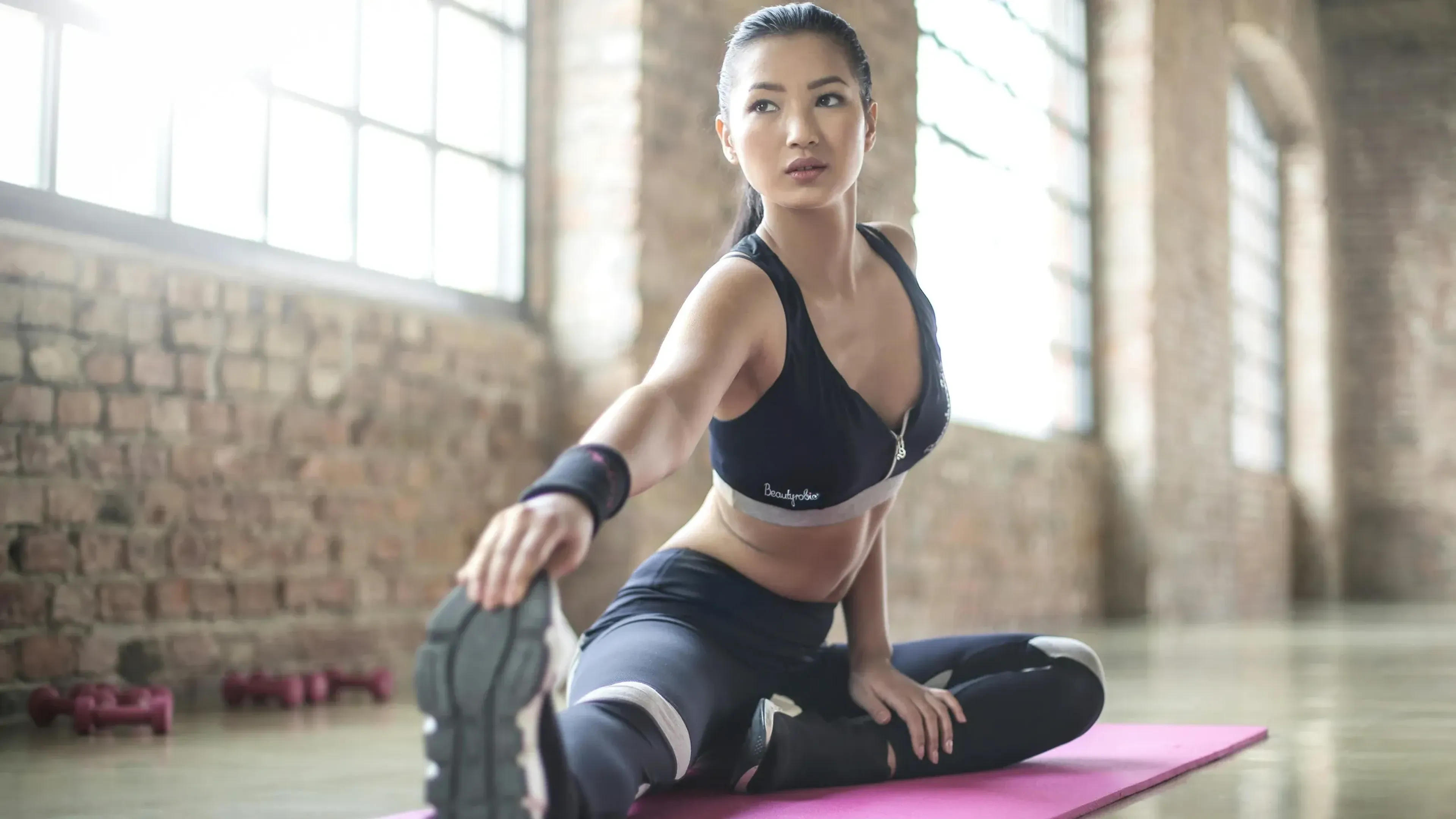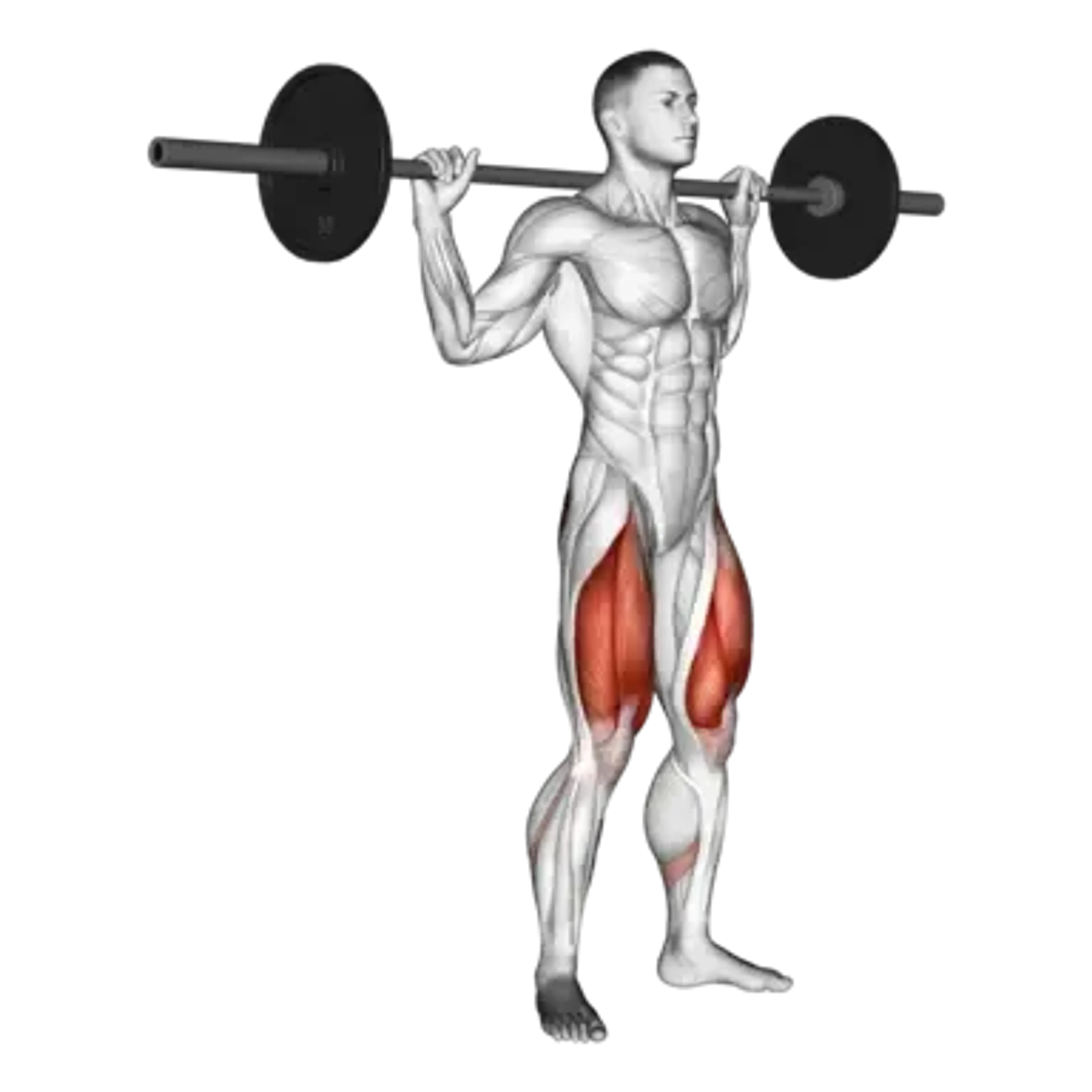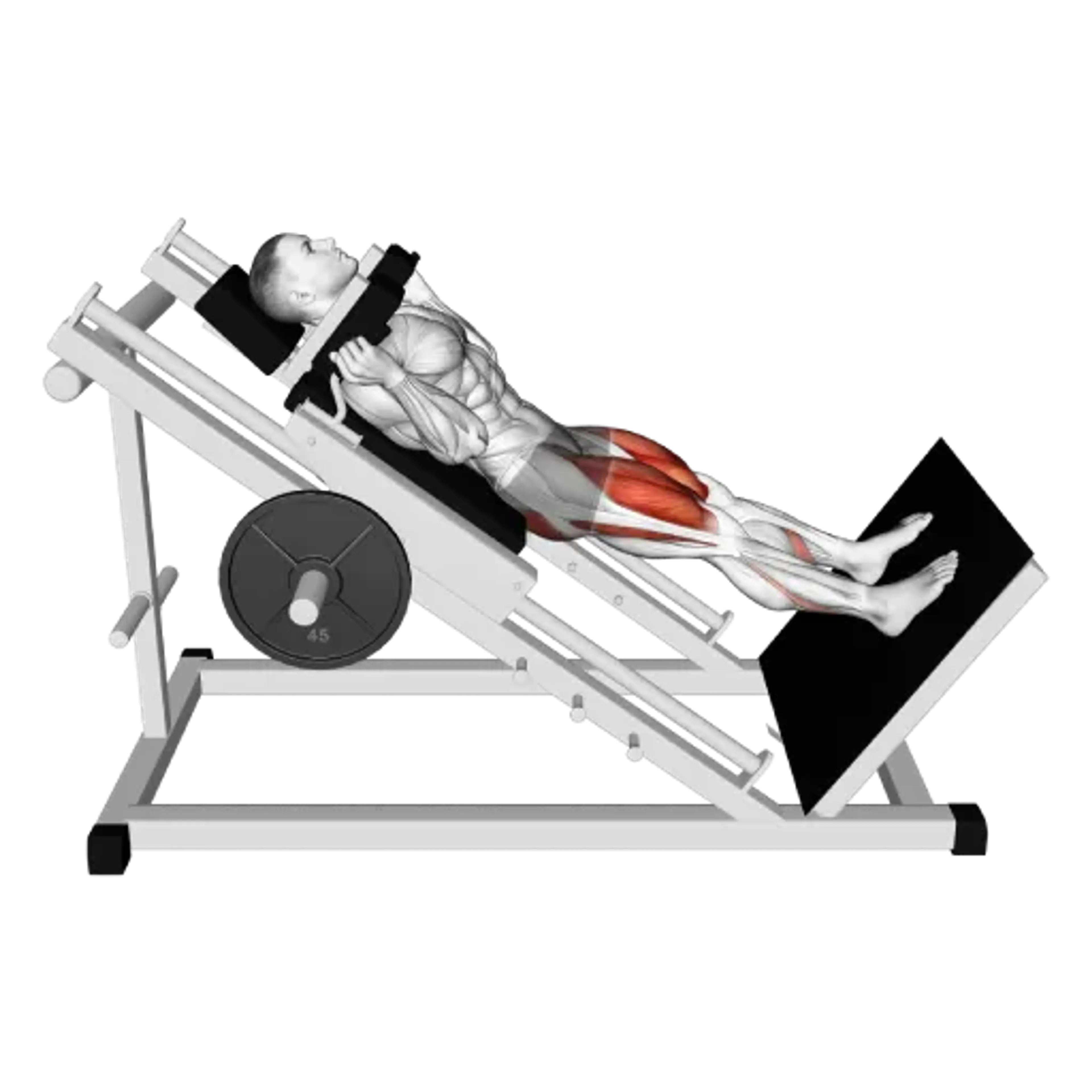Kettlebell Squat

Overview
- Primary Focus:
- Upper legs and glutes.
- Equipment:
- Kettlebell.
- Difficulty:
- Beginner.
General Information
Kettlebell Squat is a compound exercise that primarily targets the quadriceps, hamstrings, and glutes. It also engages the calves and core muscles for stability. It is a beginner-level exercise that provides a smooth introduction to resistance training and lower-body movement patterns.
The goblet-style kettlebell squat involves holding the kettlebell in front of the chest, promoting a natural upright posture and encouraging proper squat mechanics. This front-loaded position also helps reinforce good form by keeping the spine neutral and reducing lower back strain.
Kettlebell squats are commonly used in strength training, functional fitness routines, and even HIIT workouts. They can be performed slowly for strength or quickly for conditioning. The exercise is easy to scale by adjusting the kettlebell weight or reps, making it ideal for beginners and advanced lifters alike.
Muscles Worked
- Gluteus Maximus
- Primary
- Rectus Femoris
- High
- Vastus Lateralis
- High
- Vastus Medialis
- High
- Adductor Magnus
- Medium
- Biceps Femoris
- Medium
- Semitendinosus
- Medium
- Gluteus Medius
- Low
- Erector Spinae
- Minimal
- Soleus
- Minimal
Instructions
- Stand with your feet shoulder-width apart and toes slightly pointed out.
- Hold a kettlebell by the horns (sides of the handle) at chest level, keeping elbows tucked in and the kettlebell close to your body.
- Brace your core and keep your chest upright.
- Push your hips back and bend your knees to lower into a squat.
- Descend until your thighs are at least parallel to the ground (or as low as comfortable).
- Keep the kettlebell steady at chest level throughout the movement.
- Press through your heels to return to a standing position.
- Repeat for the desired number of reps.
Common Mistakes
Injuries
Kettlebell Squat is a low to medium risk exercise when performed correctly. The goblet hold encourages good posture and reduces spinal stress compared to back-loaded squat variations.
Most injuries occur from poor form—such as letting the knees cave inward, rounding the back, or choosing a weight that's too heavy. These issues can lead to knee strain, lower back discomfort, or loss of balance.
To prevent injury, start with a light kettlebell and ensure your technique is solid. Warm up before your workout, and pay attention to foot placement, core engagement, and joint alignment during each rep.
Alternative Exercises

Frequently Asked Questions
- Q: What size kettlebell should I use for goblet squats?
Start with a light to moderate weight (e.g., 10–20 lbs or 5-10 kg) and focus on perfect form first.
- Q: How deep should I go in the squat?
Lower your body until thighs are at least parallel to the ground, or as far as your mobility allows.
- Q: Can I include kettlebell squats in a cardio circuit?
Yes, they work great in circuits due to their full-body engagement and time efficiency.
Overview
- Primary Focus:
- Upper legs and glutes.
- Equipment:
- Kettlebell.
- Difficulty:
- Beginner.




